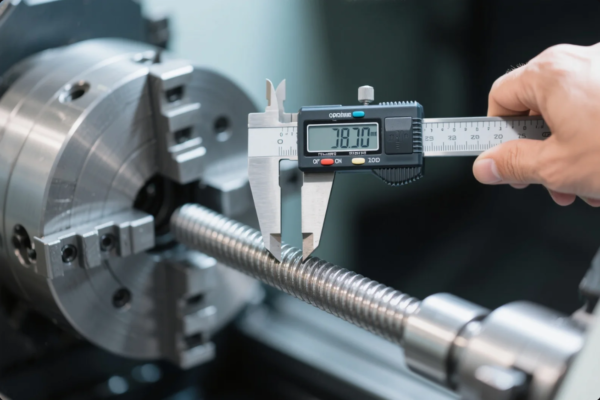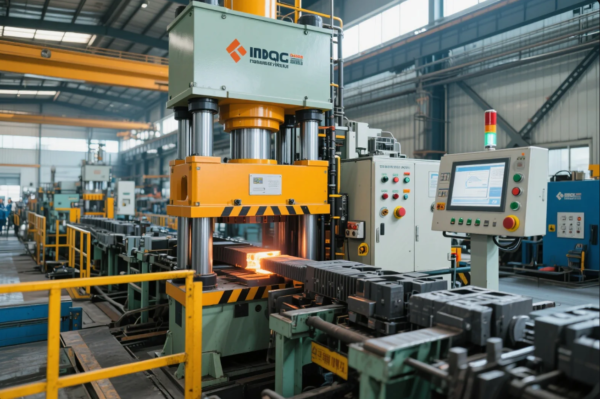How to Select the Right Parts Supplier? 5 Practical Procurement Strategies

Vetting suppliers for precision metal and plastic parts requires more than price comparisons. As a 30-year manufacturing veteran, I've distilled the selection process into five actionable strategies used by top procurement teams.
Essential evaluation criteria include production capabilities (tolerances under ±0.05mm), quality certifications (ISO 9001:2015), material traceability (mill test reports), logistics reliability (98% on-time delivery), and responsive engineering support (24-hour DFM feedback).
These insights come from sourcing mistakes turned into solutions—here’s how to avoid costly supplier mismatches:
1. Why Does On-Site Auditing Matter More Than Certificates?
Paper certifications don’t reveal production realities.
**During our facility audits, we verify:
- Machine calibration logs (checking 5-axis CNC positioning accuracy)
- First-article inspection reports (comparative CMM measurements)
- Raw material storage (humidity-controlled for aerospace alloys)
Last audit finding: Disqualified a "certified" vendor for using uncertified steel substitutions in automotive bushings.**

Supplier Audit Checklist Highlights
| Area | Red Flags | Green Flags |
|---|---|---|
| Quality Control | No SPC charts | Real-time dashboard with CPK >1.33 |
| Tooling Maintenance | Worn die surfaces | Preventive maintenance schedules |
| Workforce Skill | Untrained temp workers | ASME-certified machinists |
2. How Can Sample Parts Reveal Hidden Risks?
Test orders uncover what brochures conceal.
We stress-test samples using:
• Metallurgical analysis (EDS spectrometers for alloy verification)
• Dimensional validation (optical comparators vs CAD models)
• Functional testing (e.g., 500k cycle wear tests for gears)
Case example: Rejected a CNC vendor after samples showed 12µm surface roughness versus promised 1.6µm Ra.
3. What Logistics Capabilities Prevent Production Stops?
Delivery failures cascade into assembly line shutdowns.
**Key logistics assessments:
- Inventory buffers (minimum 30-day safety stock for fasteners)
- Contingency carriers (alternate freight routes vetted)
- Packaging standards (MIL-STD-2073 for ocean shipments)
Our client avoided a $2M line stoppage thanks to our dual-supplier strategy during port strikes.**
Logistics Evaluation Matrix
| Criteria | Low Risk | High Risk |
|---|---|---|
| Lead Time Consistency | ±3% variance | ±25% variance |
| Damage Rate | <0.5% | >3% |
| Customs Experience | Dedicated broker | Self-declared |
4. Why Does Engineering Collaboration Outweigh Price?
The cheapest bid often becomes the costliest choice.
Prime’s value-added services:
✓ DFM reports (cost-saving redesigns before tooling)
✓ Material substitution guidance (equivalent specs at 20% lower cost)
✓ Failure analysis (SEM imaging for field returns)
Saved a medical device maker $18/unit by switching from machining to MIM.
5. How Do Payment Terms Impact Total Cost?
Upfront costs differ from true landed costs.
Cost-analysis must include:
▶ Tooling amortization (spread over forecast volumes)
▶ Quality failure costs (inspection/rework percentages)
▶ Currency hedging (fixed-rate contracts for Euro/USD purchases)
Smart terms negotiation reduced one client’s TCO by 14% via extended payment plans.
Conclusion
Selecting suppliers is risk management disguised as procurement. The right partner acts as your extended quality department—not just a parts vendor. At Prime, we transform sourcing from a cost center into a competitive advantage. Ready to benchmark your supply chain? Let’s build resilience.







